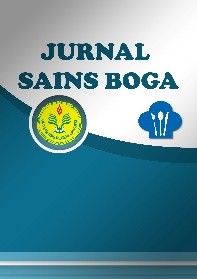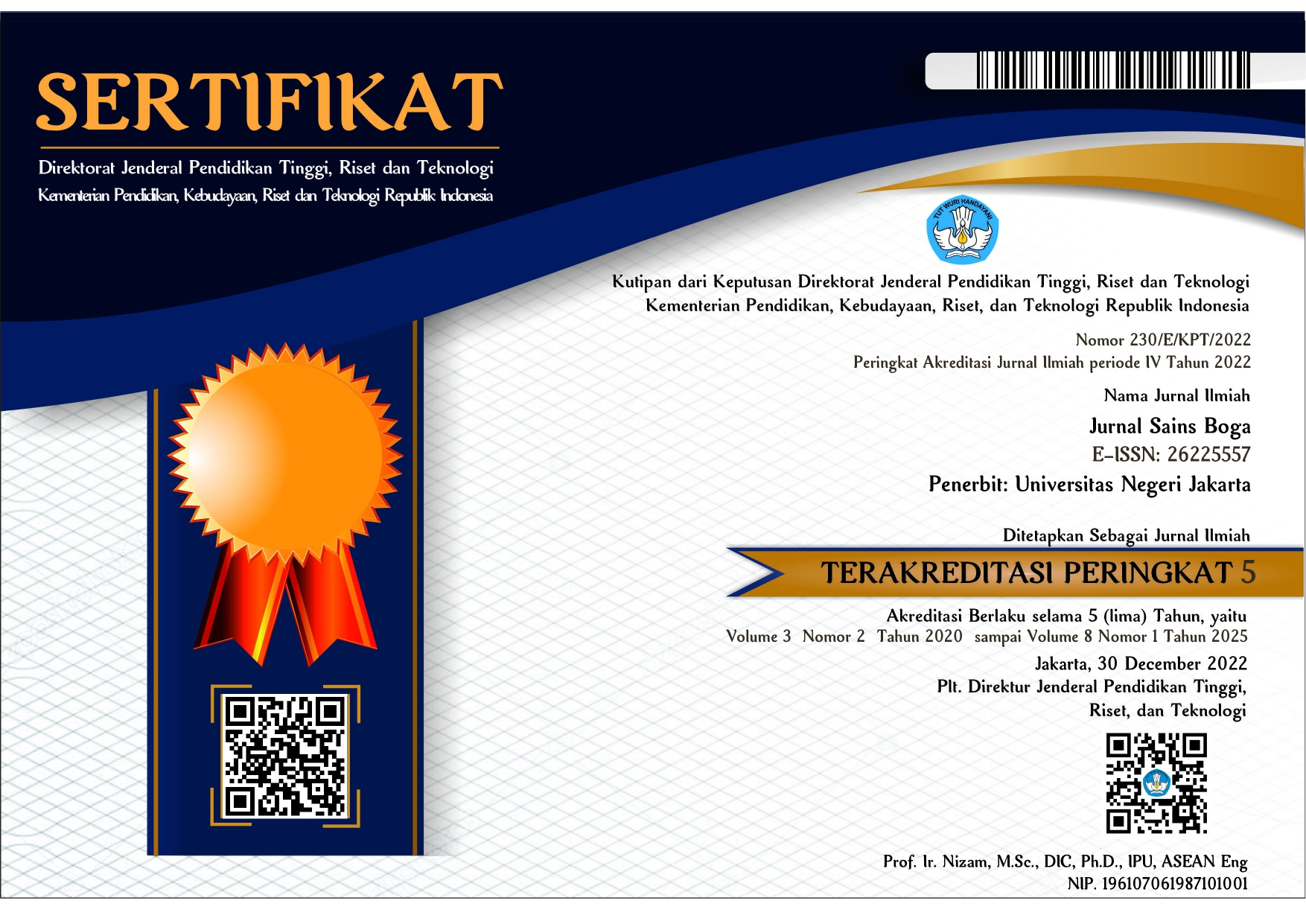Acceptability of Korean Fish Cake Made from Patin Fish
DOI:
https://doi.org/10.21009/JSB.006.2.01Keywords:
Receptivity, Catfish, Korean Fish CakeAbstract
Catfish is one of the many fish species cultivated in Indonesia so that the number increases rapidly every year, but this is not in line with the diversity of processed catfish products. One way to increase the diversity of processed catfish is by diversifying the product into Korean fish cake. This study aims to develop a formula and determine the acceptability of Korean fish cake made from catfish. This research was conducted by experimental method. Based on the results of the recipe analysis, the starting recipe was produced which was then tested 3 times. From the QDA test conducted by 3 expert panelists, the best sample was chosen, namely KFCIP 3 with a composition of catfish 29.9%, squid 29.9%, shrimp 14.9%, wheat flour 3.7%, potato starch 5, 3%, garlic 3.2%, onion 4.3%, egg white, 4.3%, salt 1.9%, sugar 2.2% and white pepper 0.4%. Furthermore, organoleptic tests were carried out to determine the acceptability of 30 untrained panelists. From the results of the research and analysis carried out, it shows that the composition of taste, aroma, color, texture has acceptance with the "very favorable" category. Overall, Korean catfish fish cake has an acceptance category of "very liked". This research also produced a Korean fish cake formulation made from catfish which was positively received by consumers.








